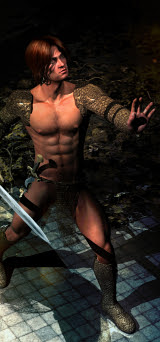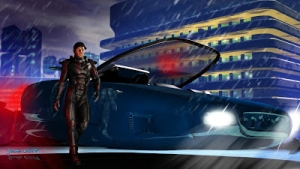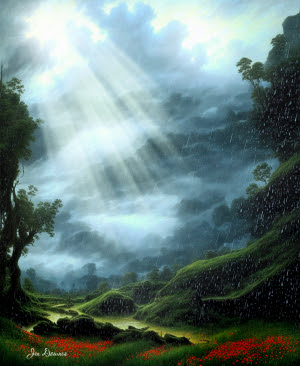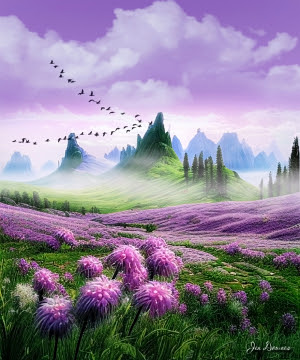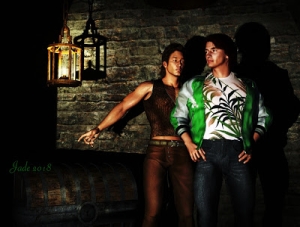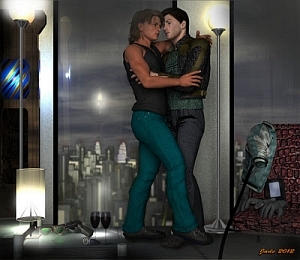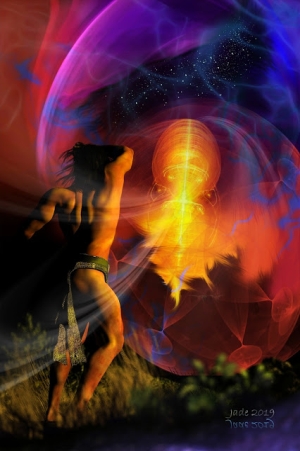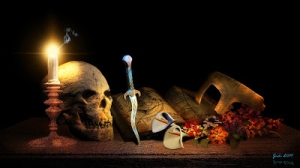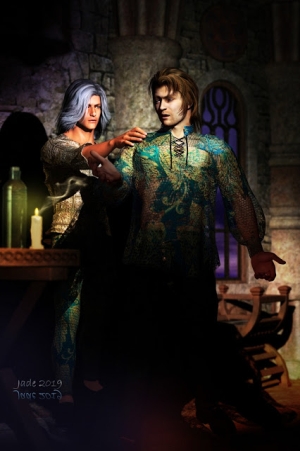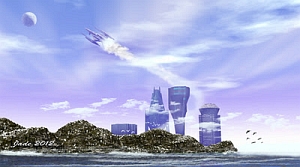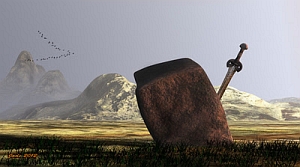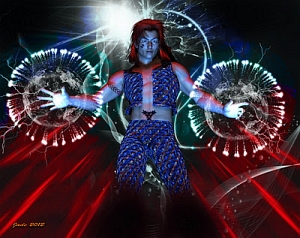Numerous things can go wrong, but the simplest of all (and trust me, we all do it sooner or later) is where you forget to reset the camera after that special job you did two days ago … your images are consequently rubbishy, and perhaps you had no chance of taking them again. The camera remembers the last settings you tapped/dialed in, and if you have a scatterbrained moment you’ll end up with something just plain sad. (You can also find yourself shooting into the sun to get any photo at all, which won’t produce a good image; or the day can be so overcast, your pictures are almost monochrome, flat dull and boring. See below.) So ―
The question actually was, “How do you rescue photos that went wrong?”
Well, it does depend on *how* the photo went wrong. If it’s out of focus, you’re mostly out of luck. If it’s blurred by camera shake, the same (prevention is better than cure here). But if shots are just way too dark, or too washed-out pale and colorless, so long as they’re not blurry, you can do a lot with them.
 |
| The ultimate dull day photo! What can you do with it? |
Back to original question: for the moment, forget about why the picture is under- or over-exposed and looks like crap. Can it be saved, and if so, how?
I can’t give you a how-to for your specific camera or software, because they’re all different. But I can point you at a free program that’s a godsend for working with iffy images and turning out lovely results in a fraction the time of mucking about in Photoshop. Go to irfanview.com and get the latest version. I’ve used this for ten years, and I swear by it. For my purposes, it’s the best thing ever. Now…
Let’s work with one that’s washed-out pale and colorless (because that’s what I have to hand). Open it in the program. First, before you do anything, use your eyes. Just LOOK at it. See exactly what’s wrong with it.
An old grumble about digital images is they can be harsh, hard, too contrasty, with no information recorded in white areas, and dark zones crushed straight to black. Within the two problem areas (blank whites, dead blacks) there’s an amazing range of possibility. You’ll have to trust your own eyes to know when you’ve achieved what you want, and the good news is that even thoroughly lousy photos usually have a wealth of “information” hidden in them, which you can reveal by jiggling the settings. Have a look at this, for example:
 |
| See at full size, please. My word of honor: it's the same shot, before & after! |
Before you get into fiddling with the Gamma, take a long, hard look at your image. Is it harsh, is it contrasty? Digital pictures so often are, it’s actually worth having a quick mess about with the Contrast setting, just to see how it improves the picture, in concert with Gamma correction. Eight chances in ten, it will.
From a default value of 1.00, drag the slider left (Gamma down) or right (increase Gamma), till the picture looks good to you. Everyone’s preference and eyesight (not to mention, monitor settings) are different; you’ll have to decide what’s right for you. When you’re happy, sit back and look at it. Looking good? Think it might be better?
 |
| Please view at full size... |
In Irfanview, you can also muck about with the R,G,B values (Red, Green Blue) of an image; but you will probably be appalled at the results if you start fiddling with these. It takes a lot of practice to use this efficiently, and it can be a world of frustration. My advice would be, in the early days, leave them alone unless you’re actually wanting whacked-out results! In due course, play with them … learn as you go. Have fun.
By the time I was finished rescuing my photo of autumn vineyards just outside Willunga, I’d flattened my contrast by -26, flattened my Gamma to 0.51, and poured a lot of color into it … +128. These are not instructions: every single image is different! I can’t tell you what numbers to type in.
If the image you’re trying to save is way too dark, basically, do the opposite of everything that’s been said here, LOL. I don’t have any blackout images to hand, so I’ve used a washed out image, (yes, the sad result of forgetting to reset the camera. I did reset it ― retook the images from a slightly different spot, and only when I got home did I discover the phone line running right through the sky of the correctly-exposed pictures, spoiling them. The pesky phone line drove me back to the pictures with the incorrect exposure, and the result? Nice).
Hope this helps!


























